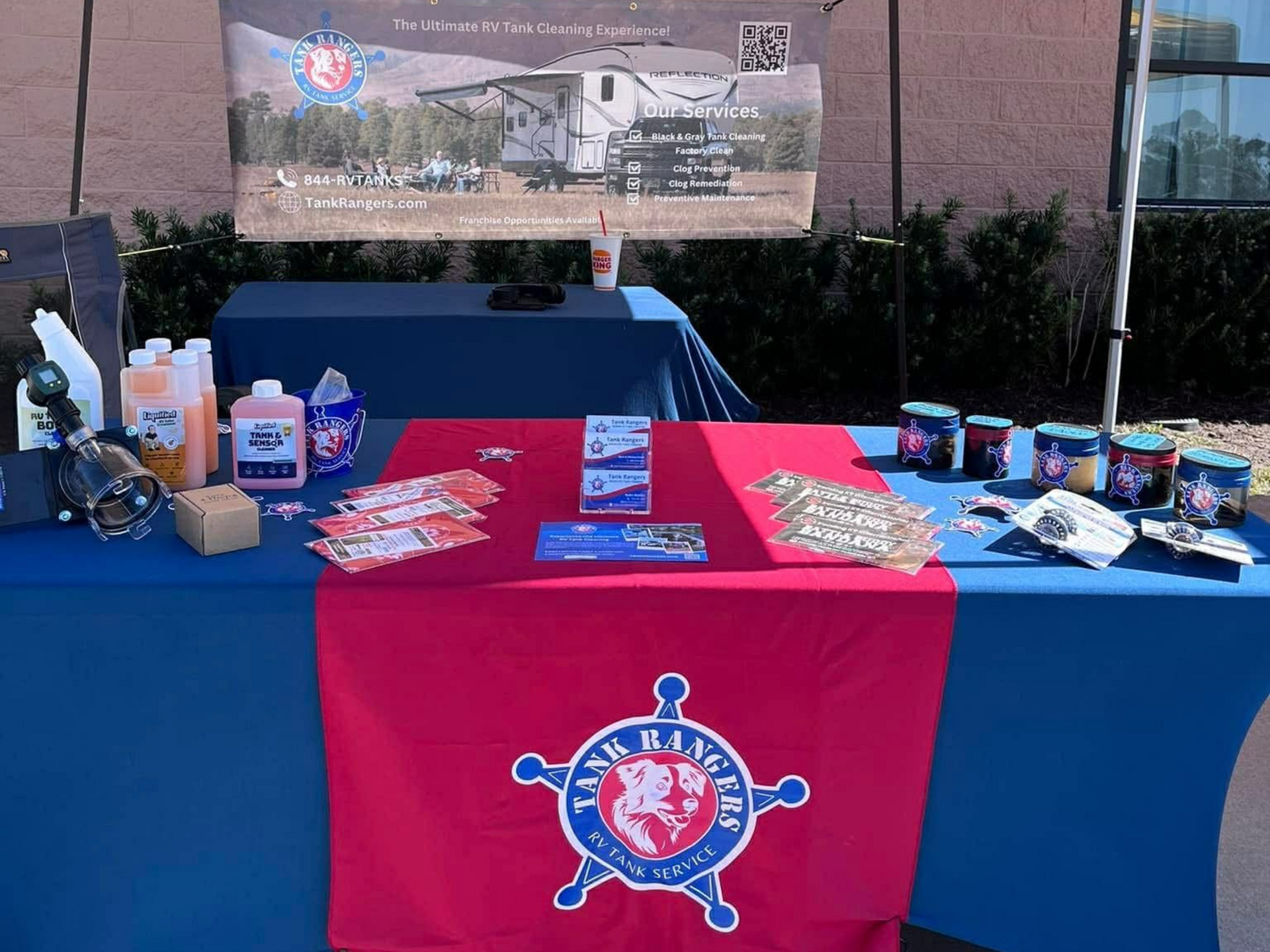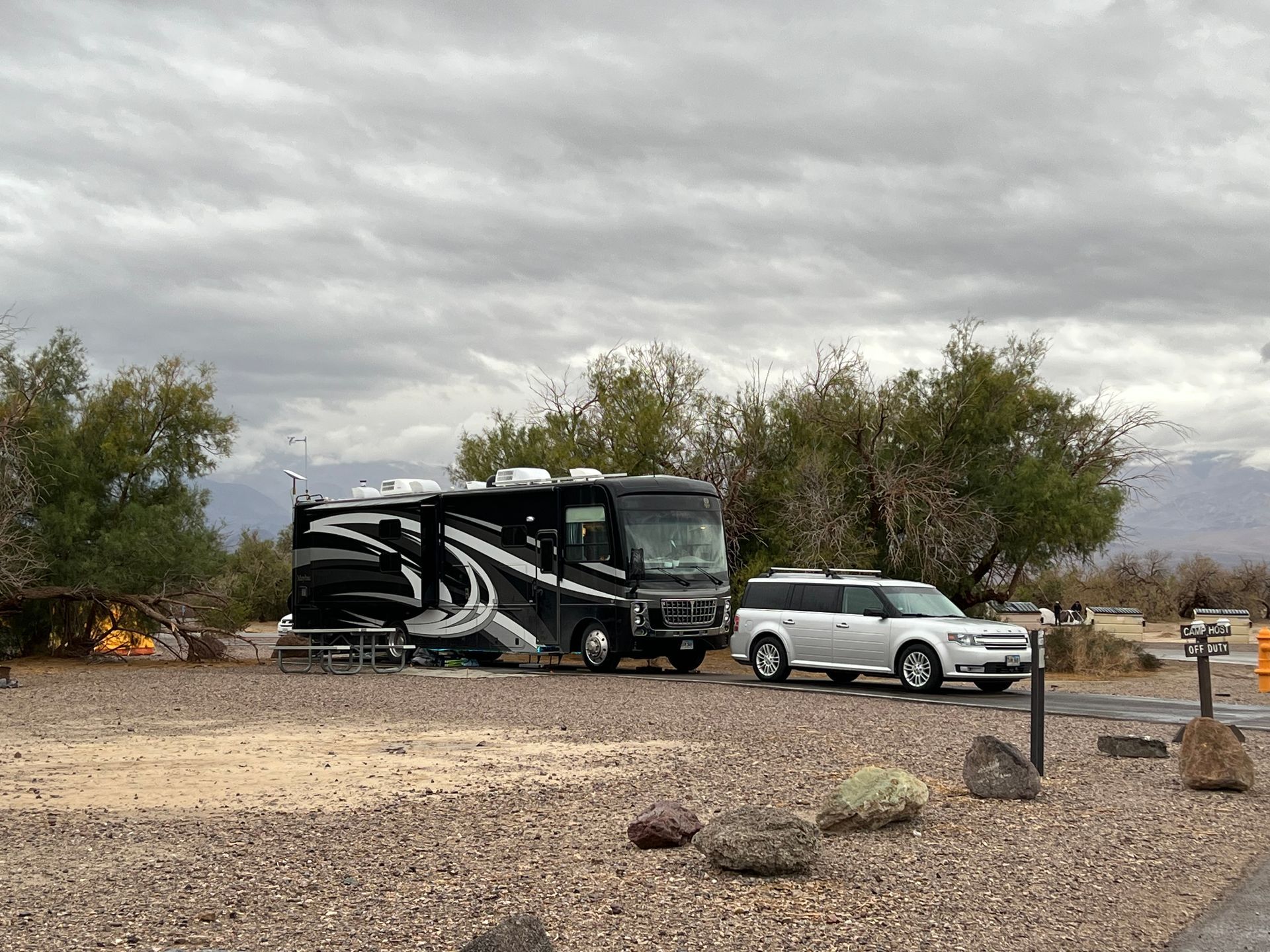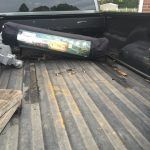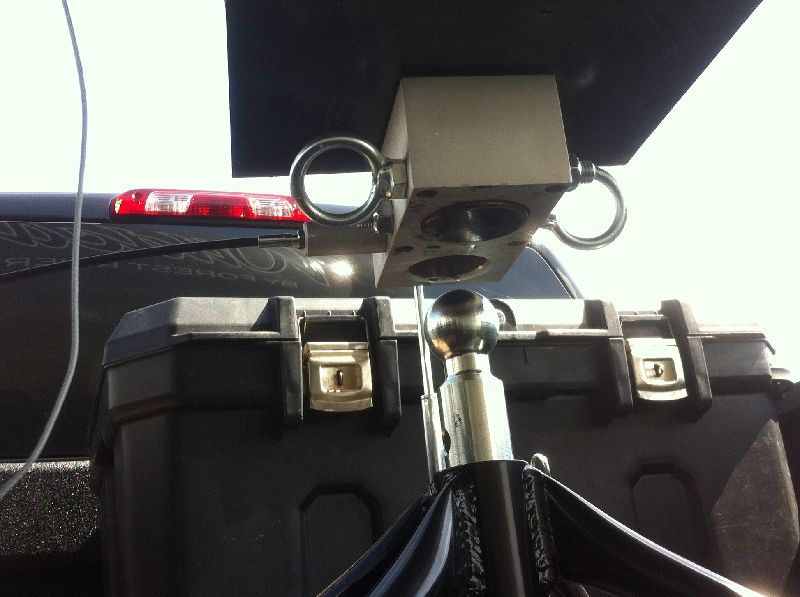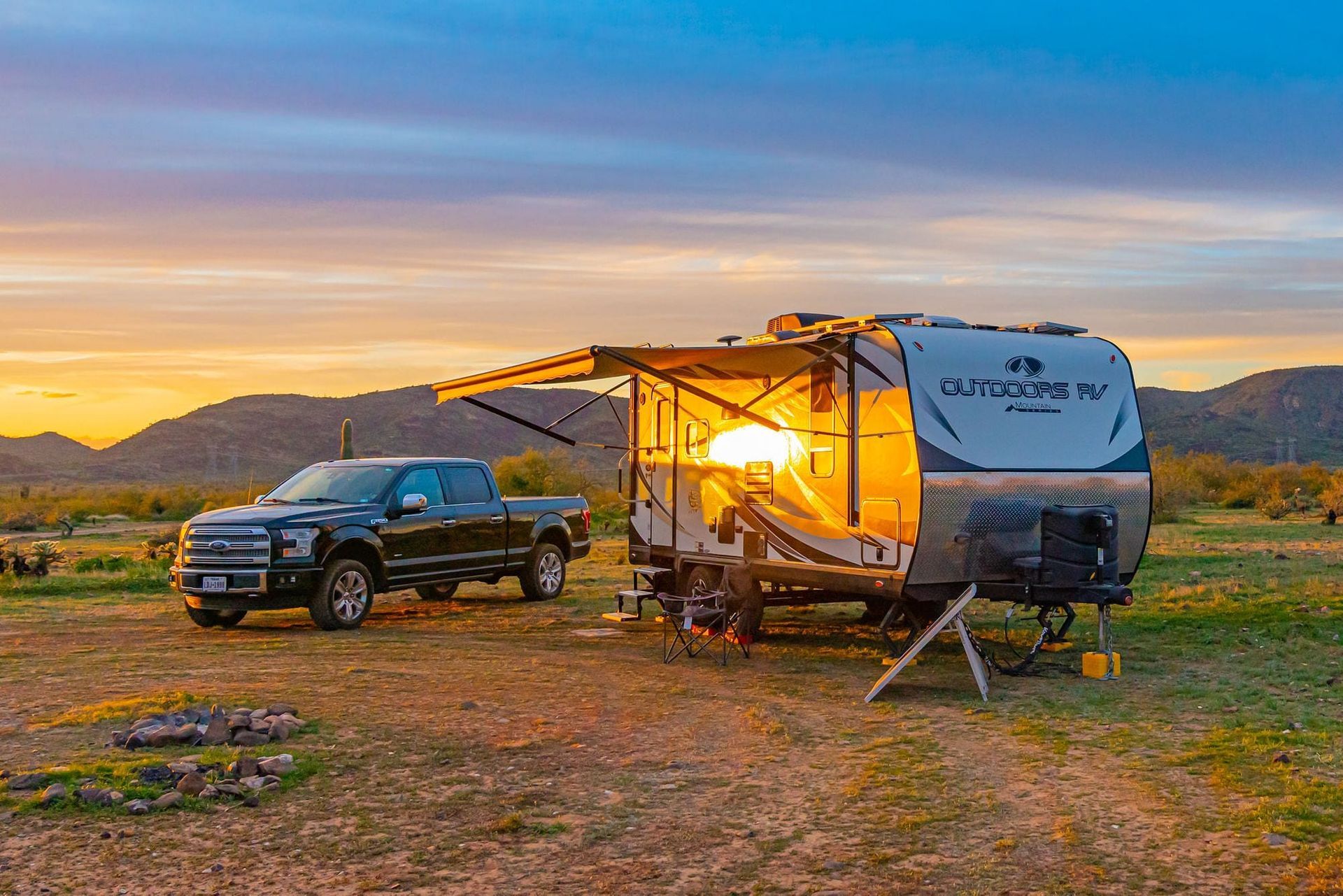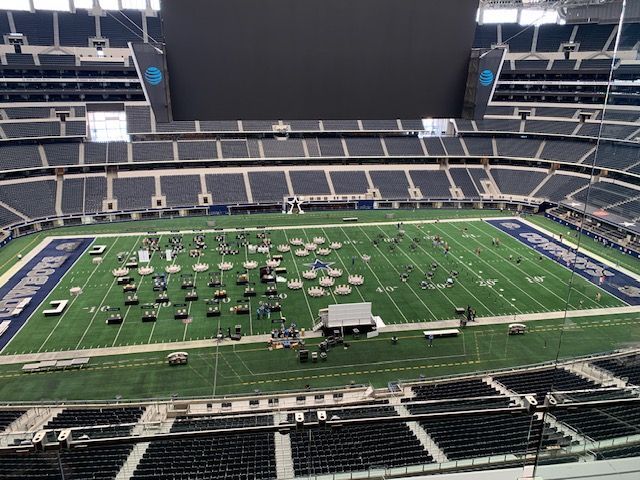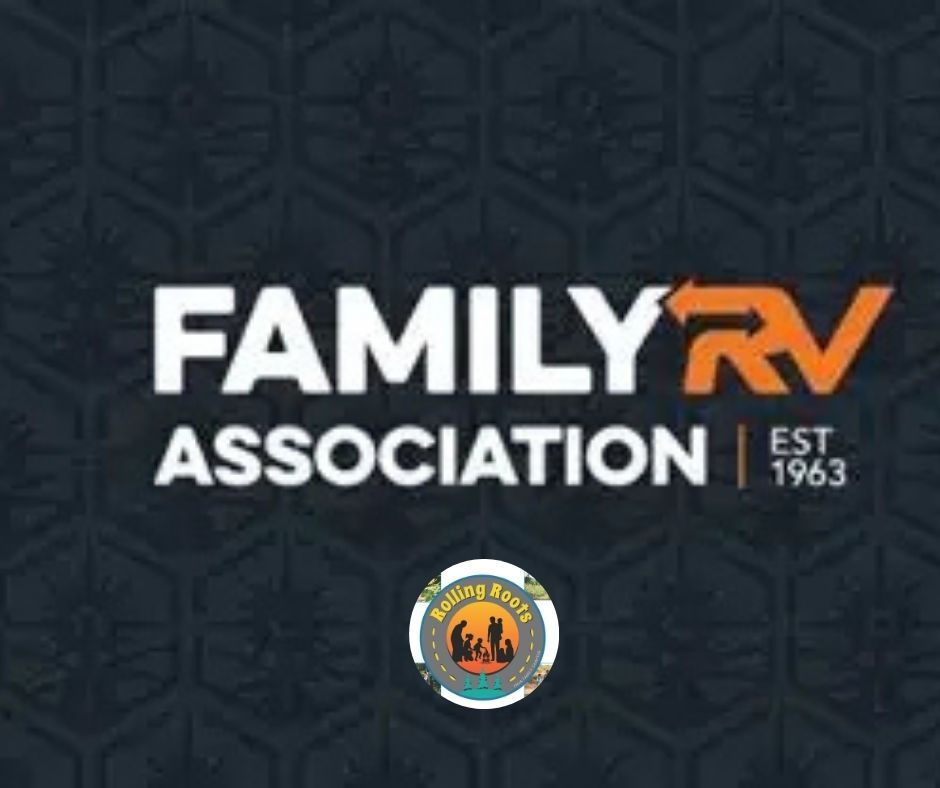Hitch Options for your Fifth Wheel
Doug S • April 23, 2025
The question often comes up as to what type of hitch to get for pulling a fifth wheel camper. Generally speaking, you have 2 basic options: a traditional fifth wheel hitch or some type of gooseneck adapter . I discuss the differences between these in this post.
It’s all in the type of connection from truck to camper. A fifth wheel hitch has a “pin” on the camper and it connects to a flat plate (hitch’s coupler) on the truck. A gooseneck has a “coupler” on the camper and a ball in the truck (very loosely, it’s sort of reminiscent of a travel trailer setup). The biggest difference between the two is the height of the connection in the truck bed: the ball for a gooseneck is very low where the fifth wheel hitch is a bit higher (close to equal to the truck bed rails).
Fifth Wheel
Fifth wheel hitches are most popular. These give you a traditionally secure connection between the truck and camper.
The big choices here come down to if your newer truck was prepped for a fifth wheel hitch with pucks. Get a hitch designed to click into them and installation/removal couldn’t be easier.
If you don’t have pucks, you have to decide if you want to live with rails in your truck bed or not . For me, it was an easy choice to decide I did not want rails.
Slider vs. Not
Lastly, you need to decide on a fixed hitch for 8′ beds vs. a hitch for a standard/short-bed truck. There is a lot of discussion around the need for a slider with today’s modern-day fifth wheel designs. The modern designs have cut away corners up front to aid in tight backup turning that possibly eliminates the need for a slider. However, slider hitches are a lot like insurance: you don’t need them often, but when you do, it’s sure nice to have! I have at least one online acquaintance who popped their back window due to camper to truck contact!
For non-sliding hitches, you look at either hitches with air ride (which are spendy!) or a standard fixed hitch. If you opt for a standard fixed hitch, you can get padded pinboxes like the MORryde Rubber Pin Box or the Lippert Air Ride pin box.
The air ride hitches are supposedly fantastic. They take a lot of jolt and movement from towing. But as I mentioned, they’re quite spendy. The other downside is that these air ride are quite heavy. I just read an online spec and it said something to the tune of 250 lbs. For me, if I put in or took out my hitch with any regularity, this weight would become a burden. The first name that I think of when it comes to air ride hitches is Trailer Saver, though there are others on the market. Lastly, make sure you do some reading if you head down this path if you also want a completely empty truck bed (the couple that I’ve read about use the standard rails).
Gooseneck
There are 2 types of gooseneck extenders. One installs on the camper and “extends” the pin (well, connection point) down to the truck bed.
- Lots of people use these without issue;
- Lots more people are concerned about the extra force exerted on the camper’s pin area.
Note in the latter above, it’s never from actual users… just people who won’t use them. Real gooseneck trailers are beefy; most campers are light and wimpy. One specific option: the Reese Goosebox changes the whole kingpin for a gooseneck coupler with shocks and an airbag.
The benefit to traditional gooseneck setups is that you don’t need anything extra in the truck bed except for the gooseneck ball. So long as the gooseneck ball retracts or removes, you’ll end up with an empty truck bed.
Andersen Ultimate Hitch
The other type of extender lives in the truck. It actually raises the ball up from the truck bed to the height of the fifth wheel. The big hassle here is that you must have an adapter on your camper’s pin (to convert it from a pin to a gooseneck coupler). However, the hitch in the truck is much lighter than a traditional fifth wheel hitch.0 The Andersen Ultimate 5th Wheel Connection hitch corners this market. The Andersen Ultimate comes in both steel and aluminum versions. The benefit here is that you have a very lightweight hitch to put in and take out of the truck. Again, as long as the gooseneck ball retracts or removes, you can end up with an empty truck bed when the hitch is out.
For the Andersen Ultimate Hitch, the topic of safety chains is a contested one. According to forum posts and copy/pasted emails, Andersen says they’ve been certified as a fifth wheel hitch and you don’t need chains. However, Officer Joe on the side of the road may not see it that way: i.e. it looks like a gooseneck + needs safety chains. This could definitely go either way and Andersen does offer safety chains as an accessory. Hooking up the safety chains is another negative for me as climbing over my dually’s hips is a hassle and commando-crawling up to the base of my hitch isn’t the most comfortable for my (ahem) “hefty” size. But, maybe I have kids for that sort of things.
That said, I’m also definitely biased because I had a devil of a time hitching up a traditional ball trailer. I could never get myself lined up right and it was an aggravating affair. While you can see the truck bed through the back window, I’d be afraid this would lend itself to angering me while trying to hitch up! But, I’ve never used it so it’s just a best guess.
For any gooseneck setup, you need to have a gooseneck hitch installed on the truck. If you’re mechanically inclined, you can install it yourself. I’m majorly partial to the B&W Turnover Ball hitch. It leaves you with a completely empty bed and is a quality American machined and made product.

In-bed 7-pin Connector
In both cases, an in-bed 7-pin connector is convenient.
And finally, what I use…
So there you have it… your options for towing a fifth wheel are a 5th wheel hitch or gooseneck hitch. I’ll be honest, my preference is a classic 5th wheel hitch (particularly one by B&W) but you need to do what is right for you. I hope the information here helps you decide.
Other blogs you might like...

